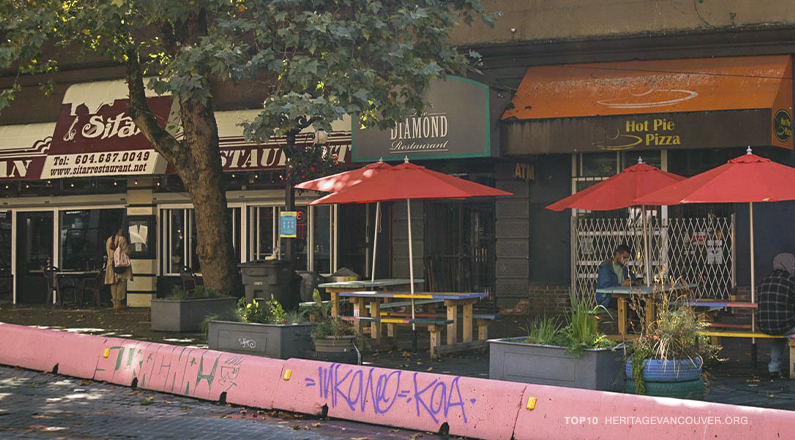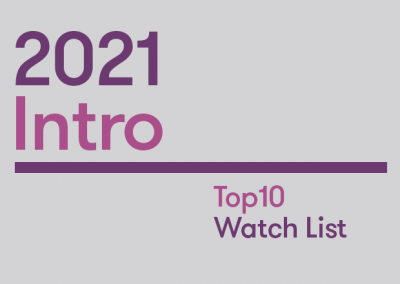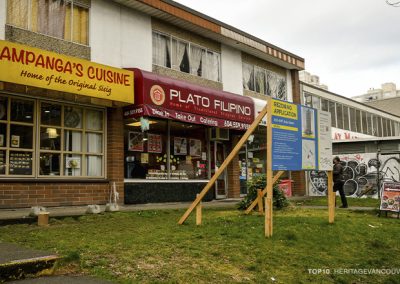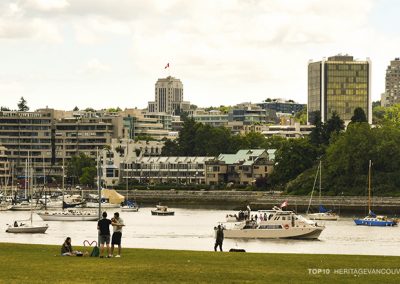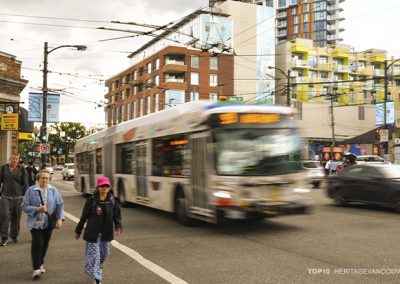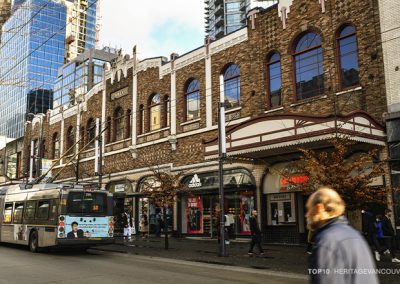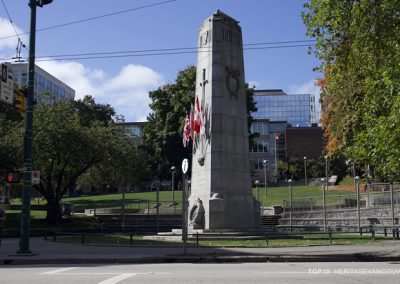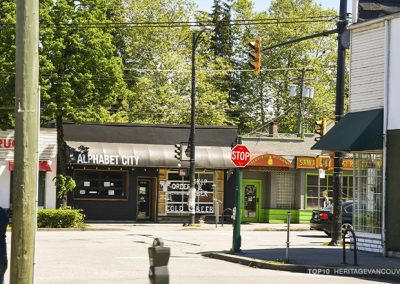Parks, beaches, squares, patios, streets, sidewalks, office spaces and street art. Pandemic spaces are all those places of which their meaning and value to us might have changed during the COVID-19 pandemic, and those that can capture our public memory of the pandemic.
About
On March 19, 2020, Vancouver followed BC’s example and announced a local state of emergency in response to the COVID-19 outbreak. The (partial) lockdown had begun, and the COVID-19 pandemic has since dramatically impacted how we live our everyday lives, how we connect with the people and places we care about, and how we think about and experience the city. We have yet to return to what many have dubbed the “new normal”.
While each of our worlds became smaller and smaller, and staying indoors for longer periods of time had become reality, we learned that during hard times, the meaning of having social contacts, community initiatives and access to public spaces can change and in many cases become increasingly valuable. Parks became the places to go to for social gatherings. Pop-up plazas & patios provided us the opportunity to dine outdoors. Many days at 7pm, the streets were filled with the sound of applause, pots, pans and cheering for nurses. Street art gave life to the empty streets of Vancouver. Purposely ignoring social distancing and other restrictions became new reasons to go to the beach. Anti-maskers and anti-vaxxers have repeatedly taken over the streets of Vancouver, bridges, important intersections and the šxʷƛ̓ənəq Xwtl’e7énḵ Square (formerly known as the Vancouver Art Gallery Square), which were already popular places of protesting, but are now also a part of the pandemic story.
Why on the Top10?
As a major event in our history, the pandemic has changed and will change our city in many ways. How has the pandemic impacted how we make use of space? What will the changes to our streetscapes, built forms and public spaces look like? How will society change due to this event? And how will the COVID-19 pandemic be embedded in our public memory?
The City of Vancouver approved a plan to extend its temporary expedited patio program (TEPP) into an annual program last summer, which is a direct result of the extensive use of street and sidewalk patios during the lockdown. Patios have been successful during the pandemic, and could continue to help restaurants, bars and local shops recover from the financial impact of COVID-19 restrictions. Does this also mean we are going to see more slow streets, more street blocks, and even more public and private outdoor chairs and tables in the future? What could the impact be on streets and car use? Will there be fewer parking spaces available? Will lanes be closed for public use other than transportation?
In 2019, the Vancouver Board of Parks and Recreation approved VanPlay, a citywide plan that was initiated in response to several issues, such as population growth, changing demographics and the recognition that the city’s park development has been historically uneven. The pandemic showed us again that equal access to public parks is far from reality in Vancouver, with the west side benefiting from significantly more green space than the east side. Having experienced a pandemic, will parks be designed differently in the future than before? And will some parks be recognized for the role they played in Vancouver’s homelessness issues before and especially during the pandemic?
In what ways will the COVID-19 pandemic be a part of our public memory? Or should we attempt to avoid any remembrance of such a significant, though dramatic episode of history in our city? Should there be a monument for essential services workers? Can we use public art to commemorate the events that took place? Considering that we have all been affected in some way by the pandemic, where would the sculpture, plaque or mural be located for everyone to have access to it? Or should there be a series of works throughout the city to reflect the impact the pandemic has had on everyone? And what role can archives and museums play in this aspect of public memory?
One example is HVS’s collaboration project with CloudScape Comics Society, and the pandemic-related bus stop comics poster series.
Finally, what about changes to societal behaviour? As the comics series tried to show, the pandemic can be an opportunity for personal inner growth. It would certainly be an important part of our shared heritage if we come out a more tolerant, caring and cooperative society.
Photo by Sabrina Tonolli
We acknowledge the financial assistance of the Province of British Columbia
